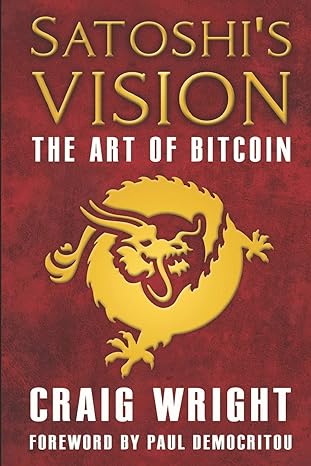NUMBER FIVE PLEASE

Use the scenario given below to answer the following 4 questions. Please show all work. The Federal Government of Ethiopia is considering a major investment in improved biomass cooking stoves. The purposes of the investment are to a) reduce greenhouse gas emissions, which are known to cause climate change and b) improve indoor air quality and reduce premature mortality. 3. (4%) Annual social benefits (i.e. consumer surplus) from the project are estimated to be $4000 per year. Assume the following: . Stoves last three years. The government will have to pay $1000 per year to maintain the stoves. The stoves are installed immediately and the cost of putting in the stoves is $7000, payable immediately. The official annual discount rate of the Federal Government of Ethiopia is 5%/year. All costs and benefits, except the cost of putting in the stoves, accrue at the end of each year. At the end of the three-year period, the government will need to pay $500 to dispose of the worn-out stoves. . If the investment decision is to be based only on a weighing of the costs and benefits, do you recommend they do the project? Please explain why and show all calculations. 4. (4%) Suppose that all information is the same as in question 3, except that instead of accruing at the end of each year, all costs and benefits except the final disposal costs accrue at the beginning of the year. If the investment decision is to be based only on a weighing of the costs and benefits, do you recommend they do the project? Please explain why and show all calculations. 5. (4%) The government conducts an analysis and finds few climate change benefits, but concludes that over the lifetime of the improved stoves, the probability of mortality due to acute asthma attacks declines by 1 in 1,000 (i.e. 0.001). Assume exactly the same costs, timeframe and discount rate as in Question 3. These assumptions are the following: Stoves last three years. The government will have to pay $1000 per year to maintain the stoves. The stoves are installed immediately and the cost of putting in the stoves is $7000, payable immediately. The official annual discount rate of the Federal Government of Ethiopia is 5%/year. All costs and benefits, except the cost of putting in the stoves, accrue at the end of each year. . Use the scenario given below to answer the following 4 questions. Please show all work. The Federal Government of Ethiopia is considering a major investment in improved biomass cooking stoves. The purposes of the investment are to a) reduce greenhouse gas emissions, which are known to cause climate change and b) improve indoor air quality and reduce premature mortality. 3. (4%) Annual social benefits (i.e. consumer surplus) from the project are estimated to be $4000 per year. Assume the following: . Stoves last three years. The government will have to pay $1000 per year to maintain the stoves. The stoves are installed immediately and the cost of putting in the stoves is $7000, payable immediately. The official annual discount rate of the Federal Government of Ethiopia is 5%/year. All costs and benefits, except the cost of putting in the stoves, accrue at the end of each year. At the end of the three-year period, the government will need to pay $500 to dispose of the worn-out stoves. . If the investment decision is to be based only on a weighing of the costs and benefits, do you recommend they do the project? Please explain why and show all calculations. 4. (4%) Suppose that all information is the same as in question 3, except that instead of accruing at the end of each year, all costs and benefits except the final disposal costs accrue at the beginning of the year. If the investment decision is to be based only on a weighing of the costs and benefits, do you recommend they do the project? Please explain why and show all calculations. 5. (4%) The government conducts an analysis and finds few climate change benefits, but concludes that over the lifetime of the improved stoves, the probability of mortality due to acute asthma attacks declines by 1 in 1,000 (i.e. 0.001). Assume exactly the same costs, timeframe and discount rate as in Question 3. These assumptions are the following: Stoves last three years. The government will have to pay $1000 per year to maintain the stoves. The stoves are installed immediately and the cost of putting in the stoves is $7000, payable immediately. The official annual discount rate of the Federal Government of Ethiopia is 5%/year. All costs and benefits, except the cost of putting in the stoves, accrue at the end of each year







